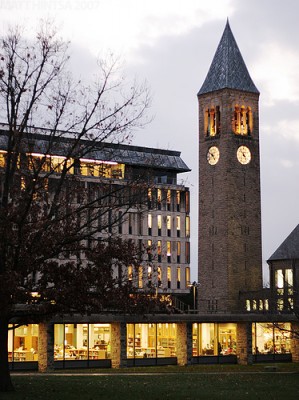Last year President Obama announced he would be implementing a system that would evaluate higher education institutions based on a series of factors including graduation rates, student earnings post-graduation, affordability, and service to low-income students.

Though this agenda seems to cater to students in need, university presidents argue that this system gives precedence to financial concerns over academics.
Nonetheless, the aforementioned factors are extreme indicators as to which universities are serving their students and the government is seeking to get the best reciprocation from its’ $180 billion annual investment in higher education.
One feasible way of accomplishing this, according to a recently published study by the Education Trust, is penalize universities with poor performance rates while rewarding those that comply.
From The New York Times:
Overall college graduation rates in America are among the lowest in the developed world. And the worst schools are easy to spot. The report points out that 600,000 students attend colleges where dropout rates exceed 85 percent and above or where nearly 3 in 10 students default on student loans.
These discouraging numbers depict odds that weigh heavy against the success of today’s average higher education enrollee.
Elaborating further:
The report finds pronounced differences between colleges that energetically recruit low-income and working-class students — able kids eligible for the federal Pell grant program — and those that do not. Among the poorer performers are the flagship campuses of public universities, which are increasingly behaving like private universities. To take just one example, the report notes that 13 percent of freshman students enrolled at the University of Virginia in 2011 received Pell grants, while comparable schools like the University of North Carolina, Chapel Hill, and the State University of New York at Binghamton enrolled 20 percent and 26 percent Pell grant students.
The Congressional report outlines numerous factors that can be implemented to avoid diploma mills that prey on students. Such factors include:
- at least 17% enrollment of poor, working-class students
- six-year graduation rate of 15%
- three-year student loan default rate of no more than 28%
Universities failing to meet these standards may face loss of federal aid.
photo credit: matt.hintsa via photopin cc


